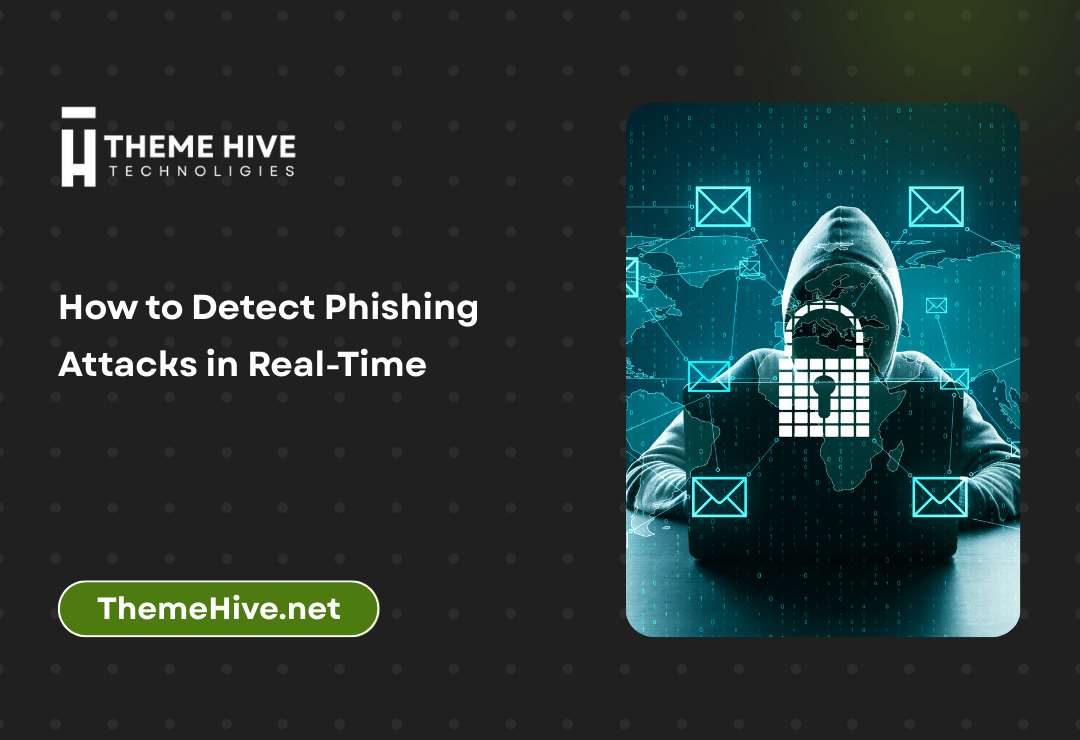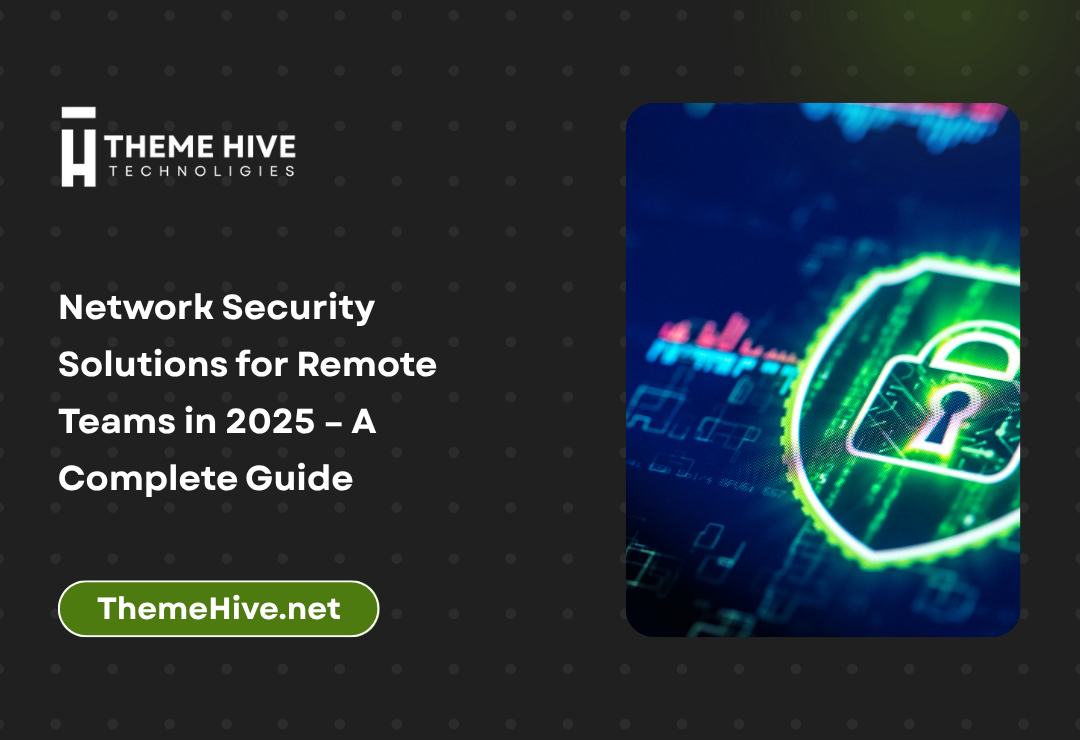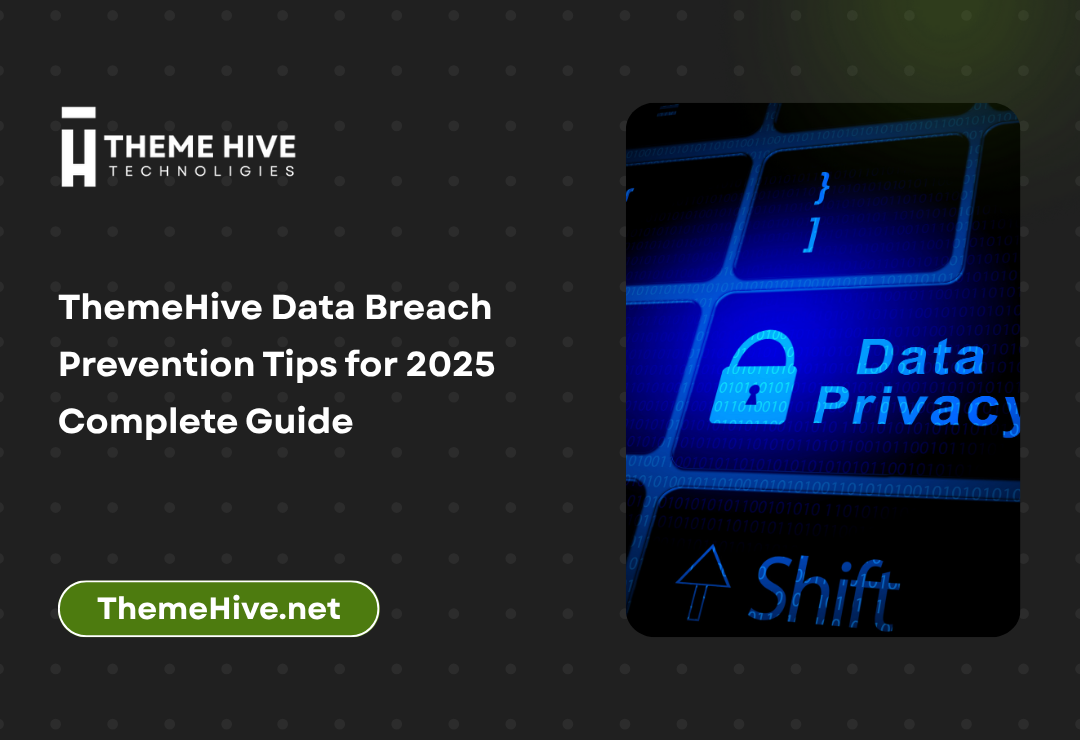Phishing attacks have become increasingly sophisticated and frequent, targeting individuals, corporations, and even government agencies. These attacks trick users into divulging sensitive information like login credentials, credit card numbers, or installing malware. As digital threats evolve, real-time phishing detection is essential for preventing data breaches and financial losses. This article outlines how to detect phishing attacks in real-time using modern tools, techniques, and best practices.
What is a Phishing Attack?
Phishing is a cyberattack method where an attacker impersonates a legitimate entity to trick victims into taking an action that compromises their personal or organizational security. Common phishing tactics include:
- Email phishing: Fake emails mimicking legitimate organizations
- Spear phishing: Targeted phishing aimed at specific individuals or companies
- Smishing and Vishing: Phishing through SMS or voice calls
- Website cloning: Fake websites that resemble trusted portals
- Business Email Compromise (BEC): Attackers spoof executive emails to instruct staff to make financial transactions
Phishing attacks often exploit human psychology, leveraging urgency, fear, or curiosity to elicit a response. With attackers using AI-generated messages and convincing language, detection becomes even more complex.
The Need for Real-Time Detection
The key to mitigating phishing threats is speed. Traditional detection mechanisms like user reports or daily scans are insufficient in today’s fast-paced threat landscape. Real-time detection provides immediate alerts, stopping the attack before any damage occurs.
Dwell Time and Its Impact
The longer a phishing attack goes undetected (known as “dwell time”), the higher the chance of data exfiltration, account compromise, or malware deployment. A 2024 IBM study reported that the average dwell time for undetected attacks was over 21 days.
Indicators of a Phishing Attempt
To detect phishing attacks in real-time, it’s essential to recognize their signatures and behaviors. Here are common indicators:
1. Suspicious Sender Addresses
Look out for email addresses with:
- Misspelled domains (e.g., “amaz0n.com”)
- Generic greetings (“Dear Customer”)
- Slight alterations in spelling or unusual country codes
2. Malicious Attachments and Links
- Attachments with .exe, .scr, .zip extensions
- URLs that redirect to suspicious domains or IPs
- Embedded links using URL shorteners (e.g., bit.ly) to disguise their destination
3. Urgent or Threatening Language
Phishing emails often instill fear or urgency, pushing users to act without thinking. Examples:
- “Your account will be locked in 24 hours!”
- “Immediate action required for invoice verification”
4. Inconsistent Branding
Fake emails or websites often have mismatched logos, colors, outdated fonts, or grammatical errors.
5. Unexpected Requests
Requests to provide personal data, wire transfers, or login credentials are red flags.
Real-Time Detection Methods
1. AI-Powered Email Security Gateways
Modern email gateways use machine learning to scan and quarantine suspicious emails based on behavioral analysis.
Examples:
2. URL and Domain Reputation Services
Real-time threat intelligence can analyze URLs and domains for reputation scores.
Tools:
- Google Safe Browsing
- Cisco Talos Intelligence
- VirusTotal
- IBM X-Force Exchange
3. Browser and Endpoint Detection Extensions
Security plugins for browsers or endpoint agents scan for phishing activity.
Recommended Extensions:
- Netcraft Extension
- McAfee WebAdvisor
- Bitdefender TrafficLight
- Malwarebytes Browser Guard
4. DNS Filtering
Filtering DNS queries prevents users from accessing known malicious sites in real time.
Providers:
- Cloudflare Gateway
- Cisco Umbrella
- Quad9 Secure DNS
5. Machine Learning-Based Anomaly Detection
ML models analyze user behavior and flag anomalies like logins from unusual locations or devices, password changes from unfamiliar IPs, or access to sensitive data outside normal hours.
6. Zero Trust Architecture
Adopting a Zero Trust model ensures that no device or user is trusted by default—even if they are inside the network. Continuous verification enables real-time blocking of compromised sessions.
Best Practices for Organizations
Implement Multi-Layered Security
Relying on a single defense mechanism is dangerous. Combine the following:
- Email filtering
- Firewalls
- Endpoint protection
- SIEM (Security Information and Event Management) systems
Train Employees Regularly
Humans remain the weakest link. Conduct periodic awareness training to help employees:
- Recognize phishing emails
- Use strong passwords
- Report suspicious activity
Enable Two-Factor Authentication (2FA)
Even if login credentials are compromised, 2FA can stop attackers from gaining access.
Use Phishing Simulation Tools
Simulations test employee readiness and identify vulnerabilities.
Popular Tools:
- KnowBe4
- PhishMe
- Cofense
Encourage a Culture of Reporting
Make it easy for employees to report phishing attempts. Implement a “Report Phishing” button in email clients, and reward proactive users.
Real-Time Phishing Detection in Enterprise Environments
In large-scale IT infrastructures, real-time detection involves integration across multiple layers:
- Email Gateway + SIEM: Ingest email alerts into SIEM for centralized monitoring
- Endpoint Detection & Response (EDR): Immediate quarantine of compromised devices
- Threat Intelligence Feeds: Constantly updated feeds to block emerging threats
- SOAR Platforms: Automated response actions like URL blocking or user isolation
Role of Automation
Automation plays a crucial role in reducing response time. For instance, if a phishing email is detected in one inbox, a SOAR platform can:
- Isolate affected systems
- Revoke session tokens
- Launch a password reset workflow
Case Study: Real-Time Detection in Action
A financial services company noticed a spike in login attempts from a foreign IP address. Their real-time detection tools flagged the login and:
- Triggered an alert in the SIEM
- Blocked access to the account
- Notified the user and security team
Outcome: No data was stolen, and incident response was executed in under 5 minutes.
Additional Scenario: Healthcare Organization
An attacker sent a phishing email disguised as a COVID-19 health update. The AI-powered email gateway detected language patterns and mismatched headers:
- Email was flagged and quarantined
- Similar messages were blocked across the network
- Users who received the message were notified to delete without clicking
Future of Phishing Detection
Phishing attacks are evolving with AI-generated content and deepfake videos. The future lies in proactive, intelligent systems that:
- Learn from zero-day threats
- Use behavioral biometrics for authentication
- Employ decentralized threat sharing (blockchain-based intelligence)
Role of Artificial Intelligence
AI can identify subtle behavioral changes that humans might miss. For instance:
- Sudden logins from odd time zones
- Multiple failed login attempts followed by success
- Changes in typing speed or navigation patterns
Integration with Threat Intelligence Communities
Future phishing detection will rely more on collaborative ecosystems where organizations share:
- New phishing templates
- Malware hashes
- IP blacklists and compromised domains
Conclusion
Real-time phishing detection is no longer optional—it’s essential for modern cybersecurity. Combining advanced tools, AI, user training, and layered security ensures that your organization stays protected. Invest in real-time solutions today to secure your digital future.
Additional Resources
- Anti-Phishing Working Group
- Google Safe Browsing Transparency Report
- NIST Guidelines on Phishing
- Cybersecurity & Infrastructure Security Agency (CISA)
- KnowBe4 Resources
- Cisco Phishing Protection Tools
Internal links







